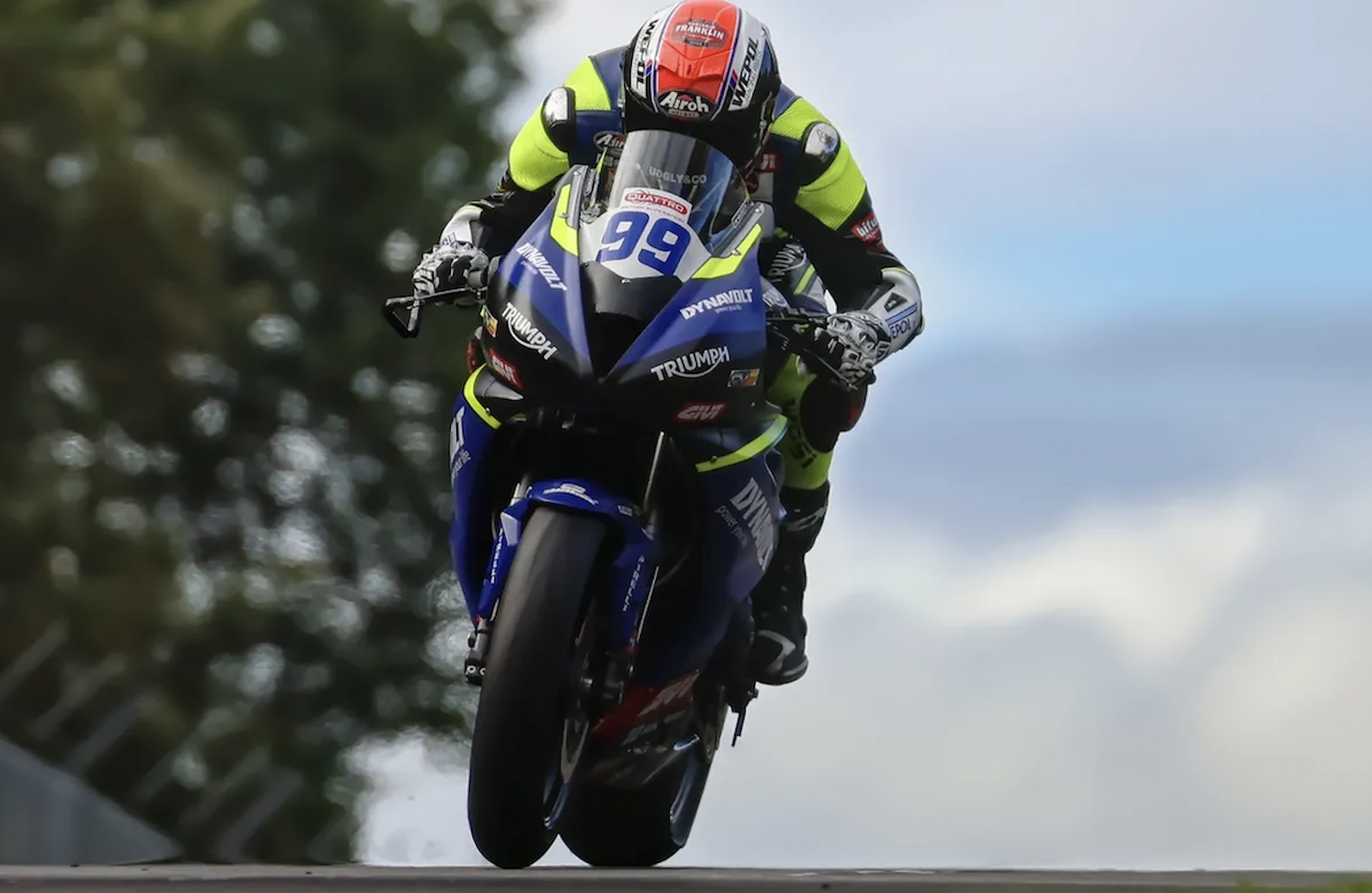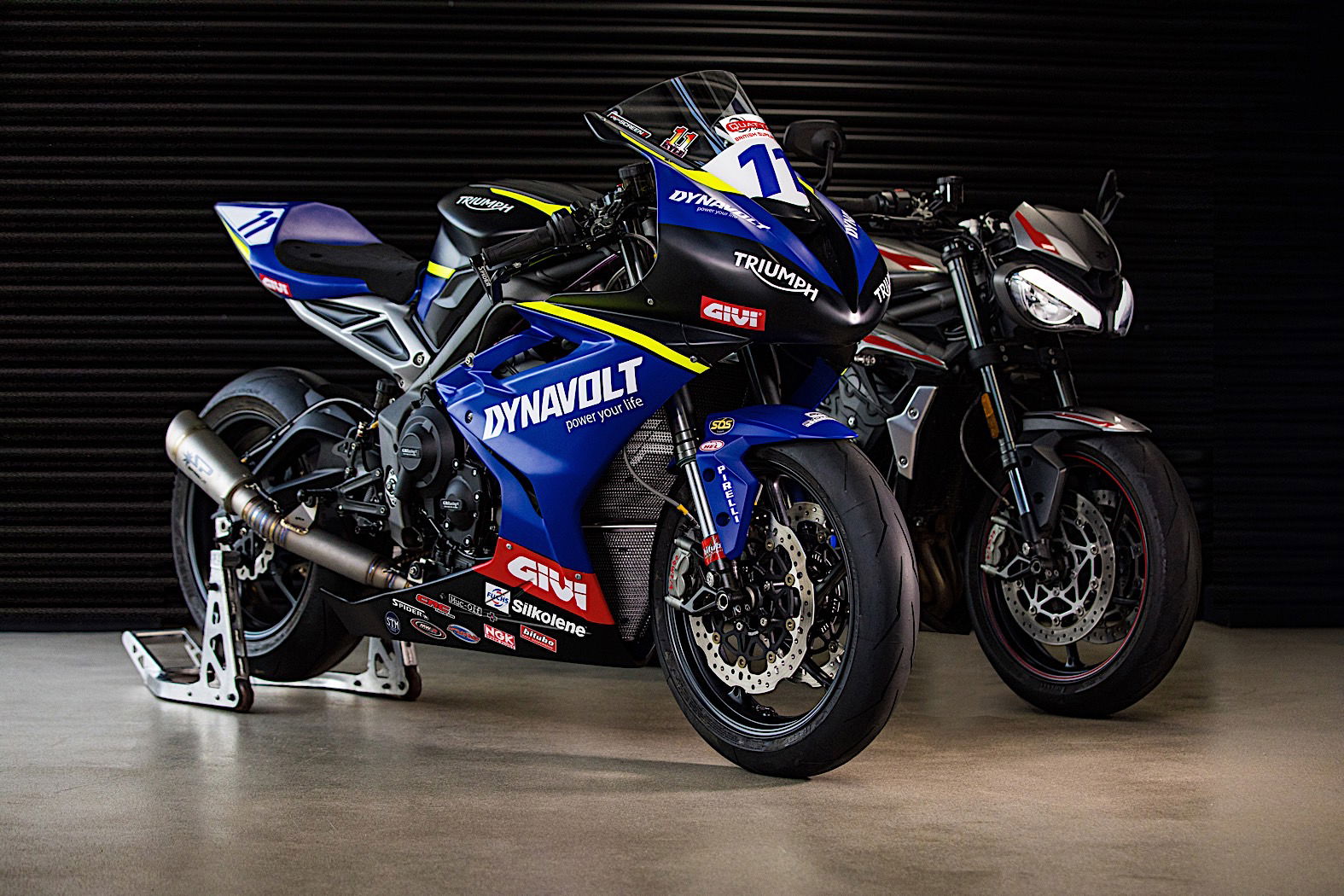Ducati, Yamaha, Triumph and the fine balancing act of performance in WorldSSP
Ducati and Triumph inject fresh excitement into the ailing WorldSSP Championship... but organisers face a headache getting the balance of performance right
_0.jpg?width=1600&aspect_ratio=16:9)
Just before Christmas the FIM quietly set in stone the revised regulations that will set the blueprint for the WorldSSP Championship from 2022 onwards, doubling its list of homologated models from six to twelve, adding new models from Ducati, MV Agusta, Triumph, Kawasaki and Suzuki.
These additions didn’t come as a surprise. Changes to the engine capacity cap for the three different configurations - twin, triple and four-cylinder - mean a much broader selection of models are now permitted to enter, rising to 960cc for twin, at least 800cc for triple-cylinder and around 750cc for four-cylinder.
The upper part of this scale means Ducati will return to the WorldSSP ranks in a factory capacity for the first time in 20 years - perhaps a little controversially - with the 959cc Panigale V2, which is only 40cc short of the Ducati 999 that competed in WorldSBK 15 years ago.
Cynics will - plausibly - accuse the FIM and Dorna of identifying a rather arbitrary 960cc cap under pressure to taste the carrot presented by Ducati to bolster the works ranks.
One can understand the wariness of rivals - especially Yamaha and Kawasaki with their 300cc smaller (but two-cylinder greater) R6 and ZX-6Rs - given the FIM’s frequency with which it is willing to change regulations to accommodate the perennially awkward Ducati with its alternative approach to sportsbike design.
Back in 2008 it caused all sorts of furore by bowing to Ducati’s withdrawal ultimatum by allowing the 1098R to compete - and win the title - despite its 1000cc cap, and while it won a small victory in persuading it to develop a more compact version of its V4 architecture to remain under 1000cc, its runaway success at the start of 2019 forced the FIM to rein in the rev limit after a few races.
Rivals are fearing a similar situation will occur in 2022 and in reality the opening rounds of the season are likely to be split between the haves and have nots.
Whoever is losing will complain that the Balance of Performance is not correct, regardless of whether it is current frontrunners Yamaha or Ducati. If Ducati comes out swinging, Yamaha will be aggrieved at the FIM for allowing a motorcycle that is almost a class larger to compete, if Ducati comes out less competitive than anticipated then it will feel it is unfair.
A 300cc+ swing in WorldSSP leaves the FIM with a burgeoning headache on its hands, even before you consider MV Agusta and Triumph are thrown in the mix with their respective 800cc and 765cc entries to complicate things.
Rev limits will ultimately decide where the middle ground is but it’s going to be a thankless task whichever way you look at it. Upping Yamaha’s rev limit or reducing Ducati’s then begs the question of how you balance the two triple-cylinder bikes if they are already in the middle.
It’s an argument that has persisted in WorldSBK despite it being a lot easier to mitigate since all models come in at roughly the same engine size so the changes only ever need to be minor.
It has tried to get around this by using Triumph as something of a pilot project with its own curious addition in the form of a model that doesn’t actually exist.
The machine, a faired version of the Street Triple 765 R that looks suspiciously like a Daytona in all but frame, has been competing in the British Supersport Championship as a way of gauging where it ranks in terms of Balance of Performance.
Then again, somewhat confusingly, the previously unnamed model - now known as the Triumph ST765R - has been homologated for WorldSSP, which marks a sea change by the FIM as this particular model can’t meet homologation criteria since it isn’t on sale in this form. Instead it seems the FIM is willing to accept the Street Triple 765 R as the homologated model and opened up the rules to allow some previously disallowed design and aero changes.
Triumph hasn’t confirmed if it intends to enter WorldSSP, but the model has seemingly been submitted to the FIM for a reason so expect a pair of PTR-run ST765Rs on the grid in 2022.

Why the Triumph STR765 breaks new ground in WorldSSP
This is an important development in the series’ history. In fact, it’s probably its most significant since the class in the traditional sense barely exists, but the growing pains are likely to be in evidence.
Triumph has been racing its ST765R in the UK but PTR says it wasn’t maximising Moto2-engined potential - plus UK tracks vary greatly to those on the WorldSSP calendar - while Ducati has been rigorously testing the Panigale V2 for several months and the take up of entries (four so far) is usually an indication that it has something special. Yamaha and Kawasaki, meanwhile, have probably extracted everything they ever will from their R6 and ZX-6R packages.
Chances are Ducati and Triumph, maybe MV Agusta, will be sandbagging heavily behind Yamaha when testing gets underway for fear of a rules tweak before the start of the year, but if Nicolo Bulega or Oli Bayliss romp to victory in Aragon a la Bautista at Phillip Island in 2019, expect protests at dawn.
This is exactly where the FIM will need to throw its weight around and put its foot down.
Indeed, the Ducati Panigale V2 just might not be very quick, something that the new regulations could be used as a veil for. Indeed, Ducati could turn up to the opening rounds and cry that the regulations don’t allow for it to be competitive, but it might not explain that it’s because the Panigale V2 is actually a bit of a dog in the corners, something that has nothing to do with rev limits.
You can’t blame the FIM and Dorna for tweaking things to accommodate Ducati. The class as it is is dying a slow death and Yamaha didn’t exactly help its own cause when it limited the R6 to a race only bike, while Kawasaki could be on its way out entirely since it seems more interested in developing a ZX-4R than replacing the ZX-6R.
The addition of Ducati certainly spices things up, hence the reprisal of interest from MV Agusta - which has been campaigning to get its F3 800 on the track for years now - and Triumph with its mongrel Street Triple-Daytona.
The latter could spark a whole new wave of entries from manufacturers with midi-large naked motorcycles that they are willing to slap a fairing on and call it a sportsbike, one it won’t sell (ergo, spend money developing) but it could race. Looking in your direction KTM and Suzuki…
In fact, one model we didn’t expect to see on the homologation list was the MV Agusta Superveloce 800, a model more sportsbike in ethos than reality with its portholed-appendage of a fairing. It could make a very stylish addition to the grid, but perhaps not as effective as the F3 800.
What will be keeping the FIM awake at night though is whether the broad parameters mean it will run the risk of manipulating the series, either slowing down a superior motorcycle or falsely giving a boost to a slow one.
As I say, this is much harder to do in WorldSBK where the specs are generally identical, but in WorldSSP the FIM will probably be the scapegoat for whoever loses and while the governing body (and Dorna) are delighted to have Ducati back, it doesn’t want to do so at the expense of Yamaha and Kawasaki, which have been mainstays for decades.
In short, things will eventually balance out but expect the 2022 WorldSSP Championship to potentially get gnarlier off track than on it…

